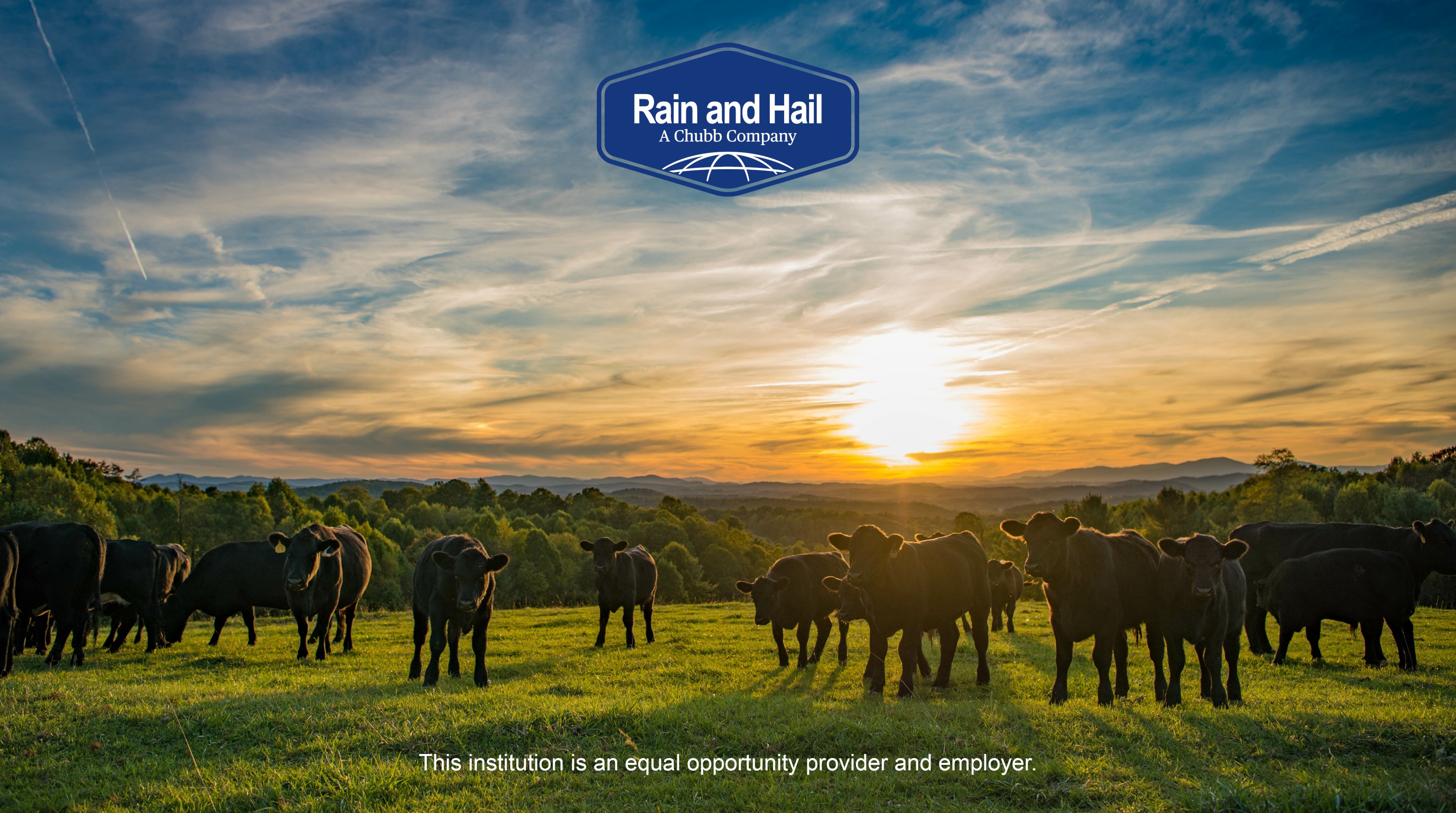Bagley Risk Management Solutions: Your Shield Versus Unpredictability
Bagley Risk Management Solutions: Your Shield Versus Unpredictability
Blog Article
Understanding Livestock Threat Protection (LRP) Insurance Policy: A Comprehensive Overview
Navigating the world of livestock danger protection (LRP) insurance policy can be a complicated venture for several in the farming industry. This sort of insurance policy provides a security internet against market variations and unanticipated circumstances that might influence animals producers. By comprehending the complexities of LRP insurance, manufacturers can make educated choices that may secure their operations from economic risks. From exactly how LRP insurance policy functions to the different insurance coverage options offered, there is much to reveal in this comprehensive guide that can potentially shape the method livestock producers approach risk administration in their companies.

Exactly How LRP Insurance Policy Works
Periodically, understanding the mechanics of Livestock Risk Defense (LRP) insurance coverage can be complex, but damaging down how it works can give clearness for farmers and ranchers. LRP insurance coverage is a risk monitoring tool developed to protect animals manufacturers versus unexpected cost decreases. The policy enables producers to set an insurance coverage level based upon their certain requirements, picking the number of head, weight array, and protection rate. When the plan is in area, if market costs drop below the protection price, producers can submit a claim for the difference. It is essential to keep in mind that LRP insurance is not a profits assurance; instead, it focuses exclusively on rate danger defense. The protection period generally varies from 13 to 52 weeks, offering flexibility for producers to choose a period that lines up with their manufacturing cycle. By utilizing LRP insurance policy, ranchers and farmers can alleviate the economic dangers related to changing market rates, making certain better security in their procedures.
Eligibility and Protection Options

When it comes to protection alternatives, LRP insurance offers manufacturers the adaptability to select the protection level, coverage duration, and endorsements that best suit their threat management demands. By recognizing the qualification standards and protection alternatives available, animals manufacturers can make informed choices to handle threat effectively.
Pros and Disadvantages of LRP Insurance Coverage
When assessing Livestock Threat Security (LRP) insurance coverage, it is essential for animals producers to evaluate the benefits and downsides fundamental in this risk monitoring tool.

One of the primary advantages of LRP insurance policy is its ability to provide protection versus a decrease in livestock prices. Furthermore, LRP insurance policy offers a level of flexibility, enabling producers to customize protection degrees and policy durations to suit their details needs.
One restriction of LRP insurance is that it does not protect versus all types of threats, such as illness episodes or all-natural disasters. It is crucial for manufacturers to meticulously analyze their private risk direct exposure and financial scenario to identify if LRP insurance is the appropriate risk monitoring tool for their procedure.
Understanding LRP Insurance Coverage Premiums

Tips for Taking Full Advantage Of LRP Conveniences
Making the most of the advantages more info here of Livestock Danger Defense (LRP) see here insurance needs critical preparation and proactive risk administration - Bagley Risk Management. To maximize your LRP insurance coverage, consider the adhering to pointers:
Frequently Examine Market Problems: Keep educated concerning market trends and rate variations in the animals industry. By checking these variables, you can make informed choices concerning when to acquire LRP insurance coverage to shield against potential losses.
Set Realistic Coverage Degrees: When picking insurance coverage degrees, consider your manufacturing prices, market price of animals, and potential risks - Bagley Risk Management. Setting realistic protection levels makes sure that you are adequately protected without paying too much for unnecessary insurance policy
Expand Your Coverage: Instead of counting only on LRP insurance policy, think about diversifying your risk monitoring approaches. Incorporating LRP with other risk management devices such as futures contracts or options can give comprehensive insurance coverage against market uncertainties.
Evaluation and Readjust Protection On a regular basis: As market conditions alter, regularly evaluate your LRP coverage to guarantee it straightens with your present risk direct exposure. Readjusting protection degrees and timing of purchases can help maximize your risk defense method. By complying with these tips, you can make best use of the discover this info here advantages of LRP insurance coverage and safeguard your animals procedure versus unexpected threats.
Final Thought
In conclusion, animals risk security (LRP) insurance policy is a beneficial tool for farmers to take care of the financial dangers connected with their animals operations. By comprehending exactly how LRP functions, eligibility and protection alternatives, in addition to the pros and disadvantages of this insurance, farmers can make educated decisions to secure their resources. By thoroughly considering LRP premiums and carrying out approaches to maximize benefits, farmers can alleviate potential losses and ensure the sustainability of their procedures.
Animals producers interested in acquiring Livestock Risk Security (LRP) insurance policy can check out a variety of eligibility requirements and coverage options tailored to their particular livestock procedures.When it comes to insurance coverage alternatives, LRP insurance provides manufacturers the versatility to select the coverage level, protection period, and endorsements that finest fit their threat monitoring demands.To grasp the complexities of Livestock Risk Defense (LRP) insurance fully, recognizing the aspects affecting LRP insurance coverage premiums is important. LRP insurance premiums are determined by various components, including the coverage degree selected, the anticipated cost of animals at the end of the coverage period, the type of animals being guaranteed, and the length of the insurance coverage period.Evaluation and Readjust Insurance Coverage On a regular basis: As market problems change, periodically review your LRP coverage to guarantee it straightens with your existing risk direct exposure.
Report this page